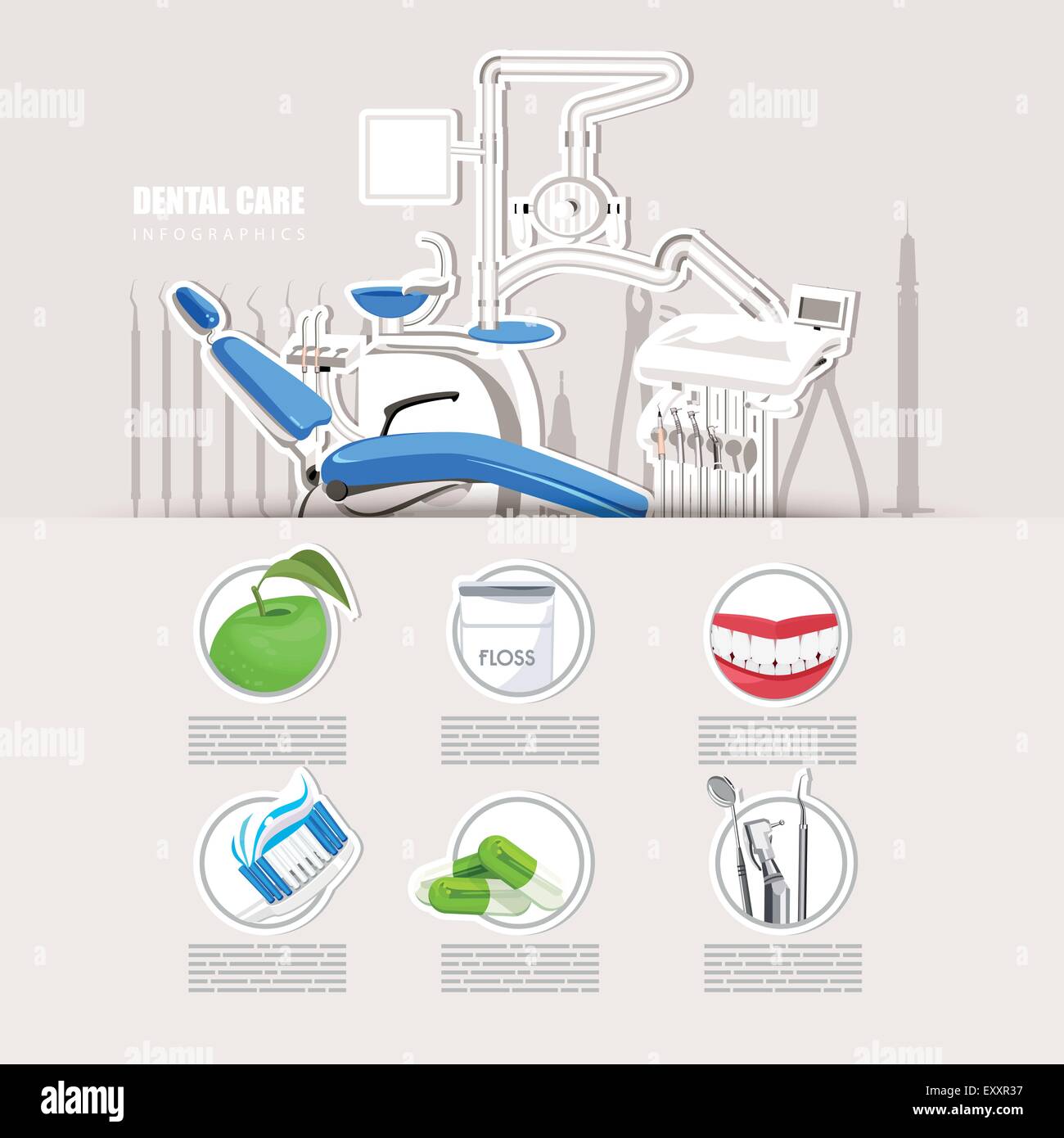Comparing Invisalign And Standard Dental Braces: A Detailed Examination
Comparing Invisalign And Standard Dental Braces: A Detailed Examination
Blog Article
Web Content Written By-Russo Pehrson
When faced with the decision between Invisalign and traditional dental braces, you may ask yourself which alternative straightens much better with your lifestyle and preferences. The selection involves greater than just the aesthetic charm; it explores aspects like treatment duration, comfort, and lasting dental health and wellness results. Consider the impact each option may carry your daily routine and self-esteem. As we discover the thorough comparison, you'll acquire insights into the subtleties that make these orthodontic therapies distinct and discover which one may be the far better suitable for you.
Materials and Building
When comparing Invisalign to typical braces, the materials and building and construction differ considerably. Invisalign contains clear, smooth plastic aligners personalized to fit your teeth. These aligners are virtually unseen, making them a popular selection for those looking for a much more discreet orthodontic treatment.
On the other hand, conventional braces include steel brackets that are glued to your teeth. These braces are after that connected by cords and rubber bands, applying stress to slowly shift your teeth right into the preferred position.
The construction of Invisalign aligners enables an extra comfortable fit contrasted to conventional braces. The smooth plastic material lowers irritation to your cheeks and gums, which is an usual problem with metal braces and cords. In addition, Invisalign aligners are removable, making it much easier to clean and floss your teeth without any blockages.
In contrast, traditional braces are fixed onto your teeth, needing additional care and time for proper upkeep.
Upkeep and Oral Hygiene
The maintenance and oral health methods differ between Invisalign and traditional dental braces because of their one-of-a-kind design and construction.
With Invisalign, you can eliminate the aligners when consuming or brushing your teeth, permitting you to preserve your routine dental hygiene routine without any obstructions. It's important to brush your teeth after eating prior to putting the aligners back on to prevent food bits from getting trapped and triggering degeneration.
On the other hand, standard dental braces need added attention to maintain your teeth tidy. Food fragments can quickly get stuck in the brackets and cables, leading to plaque buildup and possible dental cavity. You'll need to make use of special devices like interdental brushes or floss threaders to clean in between the cables and brackets properly.
https://www.mymoinfo.com/get-a-great-deal-on-teeth-whitening-on-bids-for-bargains/ -ups and cleanings are vital to make sure that your oral hygiene is in leading problem while wearing standard dental braces.
Exposure and Aesthetic appeal
Visibility and appearances play a substantial function in the contrast between Invisalign and traditional dental braces. When it comes to look, Invisalign uses a clear advantage over typical dental braces. Invisalign aligners are practically undetectable, making them a popular option for those who choose an extra very discreet orthodontic therapy option.
Unlike the visible metal brackets and cords of traditional braces, Invisalign aligners are clear and blend in with your natural teeth, allowing you to smile with confidence throughout your treatment.
Traditional dental braces, on the other hand, are extra conspicuous because of their steel parts. While some may select colorful bands to individualize their braces, others may feel uneasy regarding the presence of these orthodontic appliances. The prominent appearance of conventional braces can often influence a person's self-esteem, specifically for adults in professional setups.
Conclusion
In conclusion, when selecting between Invisalign and typical dental braces, consider your way of living and choices. Invisalign uses a very discreet and comfortable choice with simple maintenance, while typical braces offer vivid customization yet may influence self-worth.
Ultimately, the choice should be based on what jobs best for you in terms of aesthetic appeals, comfort, and comfort. See to removing wisdom teeth to seek advice from your orthodontist to identify one of the most appropriate treatment for your specific needs.
